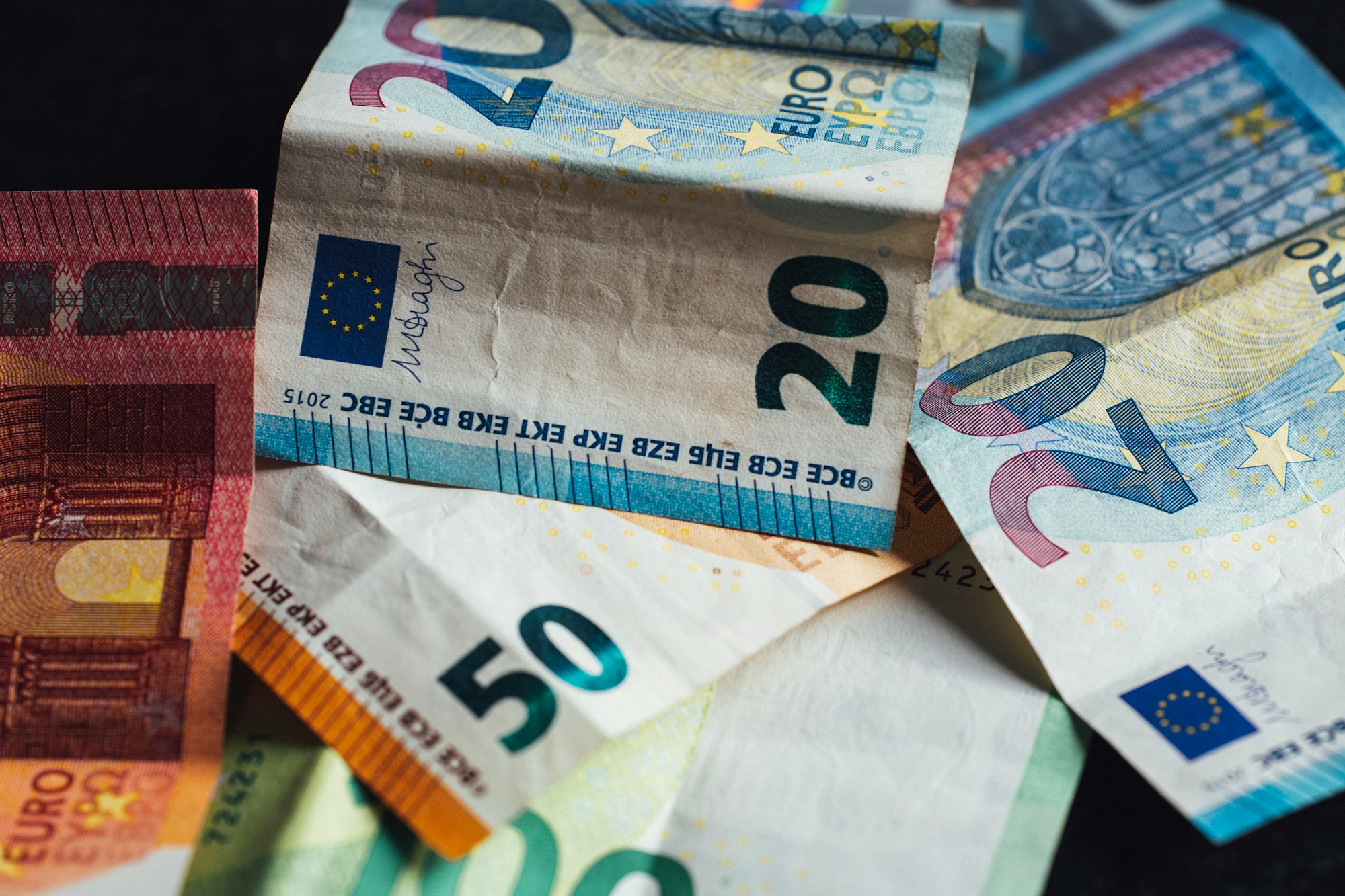FXOpen

It's been a veritable roller coaster ride over the past few days for the EURUSD currency pair.
By the beginning of this week, it began to look as though the US Dollar was moving toward its lowest value against the Euro for almost 24 months, with a sudden drop taking the EURUSD value down to 1.07850.
This low point has not been reached since the dark days of the national lockdowns which took place in 2020, and began to spark thoughts among traders and economists that the world's most traded currency pair, known as the 'cable', may reach parity!
Thoughts of potential an equal value of the US Dollar and Euro had been reasonably advanced in the middle of last decade, but those days are long gone, and over the past few years, there have been very few market movements that would revive such a discussion.
On Tuesday, when the markets reopened after the long, four-day bank holiday weekend, however, the EURUSD suddenly dropped in value and gave rise to a potential view that it would head toward parity.
This was short-lived, however.
Looking at the one-day chart, the sudden drop below the 1.08 mark was recovered during the later hours of the trading session in the European market on Tuesday and a glance at this short time period may indicate that the EURUSD pair was bouncing back as it suddenly rebounded and a sharp upward move became evident.
However, looking at this over a long time period shows a very different picture.
So noticeable was the drop on Tuesday to below 1.08 that the upward move which followed appears sudden and sharp when looking at the one-day chart, but when viewed over the last twelve months, the EURUSD is still at its lowest point for a year, and only just managed to salvage itself from reaching its lowest point in two years.
In fact, on April 14, the day before the financial markets closed across many markets for the spring holiday, a low point of 1.0757 was reached, which was the lowest that the EURUSD pair has traded since April 2020, the month after the governments in many countries across the world imposed lockdowns and it was unclear as to exactly how much damage these would do to the global economy.
The news is still awash with analytical and technical analysis showing a bearish market for the cable pair, however there is very little actual data to show what could possibly have caused this level of sudden volatility in a market whose most traded instrument is usually very stable and hardly demonstrates much volatility at all.
There are some opinions which suggest that the European Central Bank's recent policy meeting which highlighted rampant inflation and a negative sentiment toward maintaining business relationships with entities in the Russiand Federation could be a factor which has caused traders to sell the Euro, but then again, things in the United States are not much different.
US inflation is at a 40-year high, and the Biden administration is equally intent on damaging relations between Russia and the US, therefore it would potentially appear that similar factors would affect the US dollar.
This is therefore an interesting period of volatility for the EURUSD, and one that has been creeping up for a few days.
This article represents the opinion of the Companies operating under the FXOpen brand only. It is not to be construed as an offer, solicitation, or recommendation with respect to products and services provided by the Companies operating under the FXOpen brand, nor is it to be considered financial advice.
Stay ahead of the market!
Subscribe now to our mailing list and receive the latest market news and insights delivered directly to your inbox.








